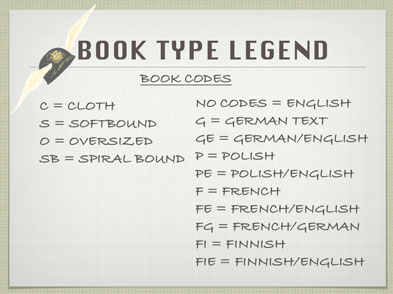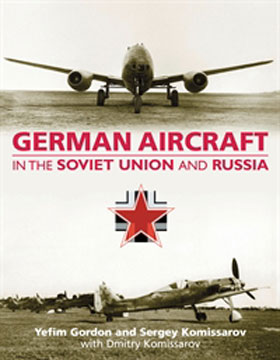
PRODUCT SEARCH
Free Shipping on orders of 8 or more books.
Applies to US Shipments only.
|
Shopping cart is empty.
|
GERMAN AIRCRAFT IN THE SOVIET UNION AND RUSSIA
Book Type: C, O By Yefim Gordon. The first German aircraft to reach Russia found their way there before World War 1 and during the war some 120-150 German aircraft were captured. The St Petersburg-based aircraft factory belonging to Lebedev then built copies of captured aircraft, mainly of the Albatross types, under the designations Lebedâ-IX, Lebedâ-XI, Lebedâ-XII, Lebedâ-18, Lebedâ-24 and others. Many of these aircraft were then used in Russia in the Civil War, including the LVG aircraft of different types, and many captured aircraft. Between 1922 and 1924 the Soviet Russia also acquired several hundred fighters, reconnaissance aircraft and passenger aircraft produced by the Fokker firm which had moved from Germany to the Netherlands. Imports also included some aircraft types produced by the Junkers company. Some of these types were also built at the Junkers factory based at Fili (near Moscow) under the terms of a concession which lasted until 1927. The same period saw the introduction of passenger aircraft from the Dornier company. The Heinkel HD-37c fighter was tested in the USSR and put into limited production as the I-7. The Heinkel He 5c was acquired in two examples. The Soviet Navy obtained 30 Heinkel HD-55 flying boats (they were known as the KR-1 in Soviet service). Some 80 Dornier Wal flying boats were purchased for the Navy and for transport duties in the Arctic regions. A clandestine flying school for the Reichswehr was set up in Lipetsk in the USSR. After 1933 purchases of German aircraft stopped. During the Spanish war of 1936-1939 two types of captured German aircraft were tested in the USSR. These were the Messerschmitt Bf 109B fighter and the Heinkel He 111B bomber. In 1940 the Germans sold to the Soviet Union several examples of their military aircraft; these included the Bf 109E, Bf 110 He 100, Ju 88A-1, He 111E, Do 17, Do 215B-3, Focke-Wulf Fw 58, Bücker Bü 131 Jungmeister, Bü 133 Jungmann, Fieseler Fi-156 Storch. All of them were thoroughly studied in the USSR. During WW2 the Soviet troops also captured a big number of German aircraft of different types, some of which were tested in the USSR and played an important part in the development and production of Soviet-designed jet aircraft. In 1945 the Soviet authorities set up in the Soviet-occupied part of Germany special design bureaux staffed with German engineers for the purpose of developing jet engines and jet-powered aircraft. These design bureaux were soon transferred to the USSR and their work resulted production of the mighty NK-12 turboprop engine which powers to this day the Tu-95 strategic bombers. During the Cold War period co-operation between the Soviet Union and Germany in the field of aviation technology was limited primarily to contacts with the German Democratic Republic. Co-operation with the Federal Republic of Germany did not begin to come under way before the late 1980s but in the early 1990s studies were made of an eventual co-operation between some German companies and the Myasishchev Design Bureau (EMZ) in the development and manufacture of the MM-1 (âMoscow-Münchenâ) turboprop airliner. Illustrated throughout, some color profiles, 320 pp. 
|


